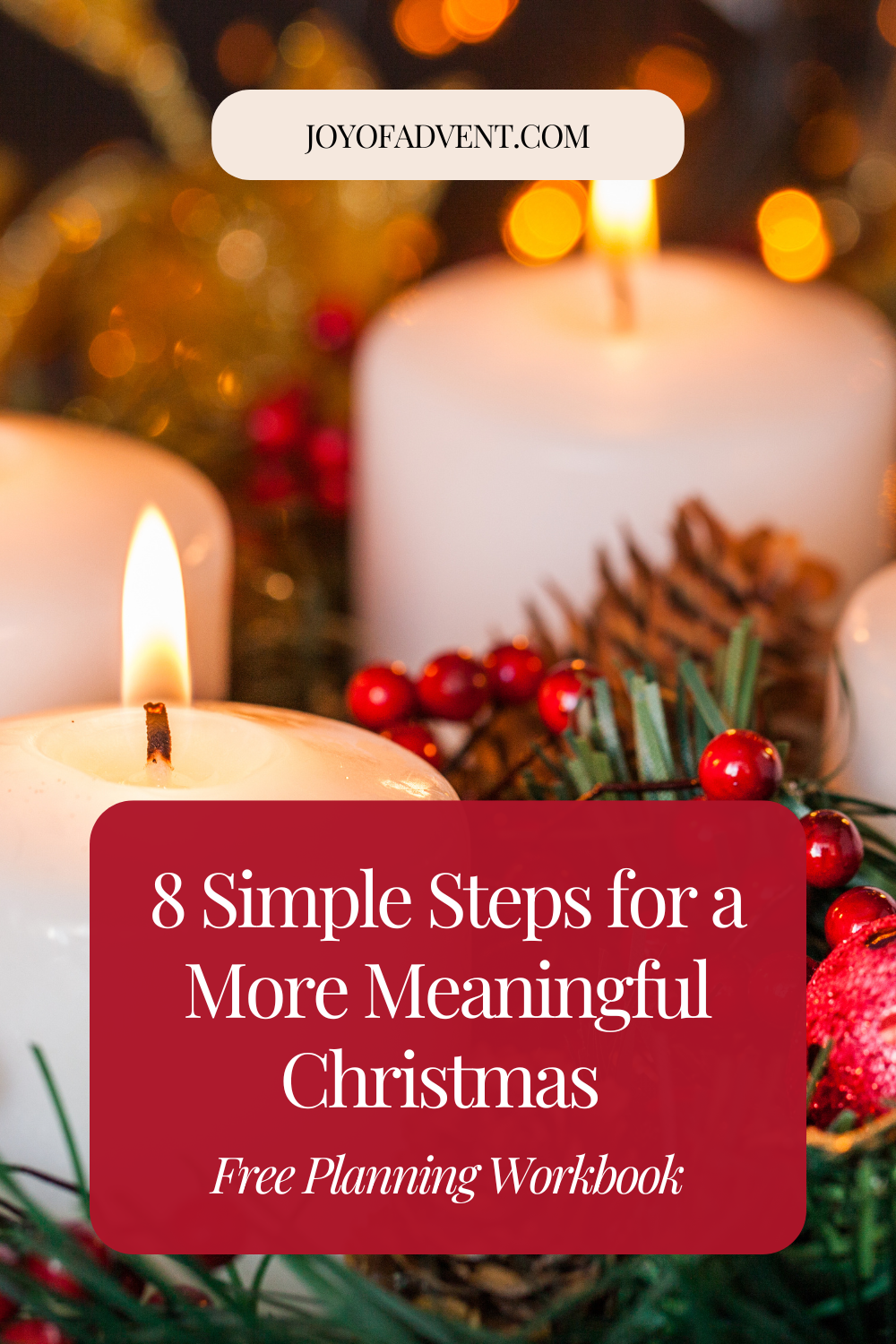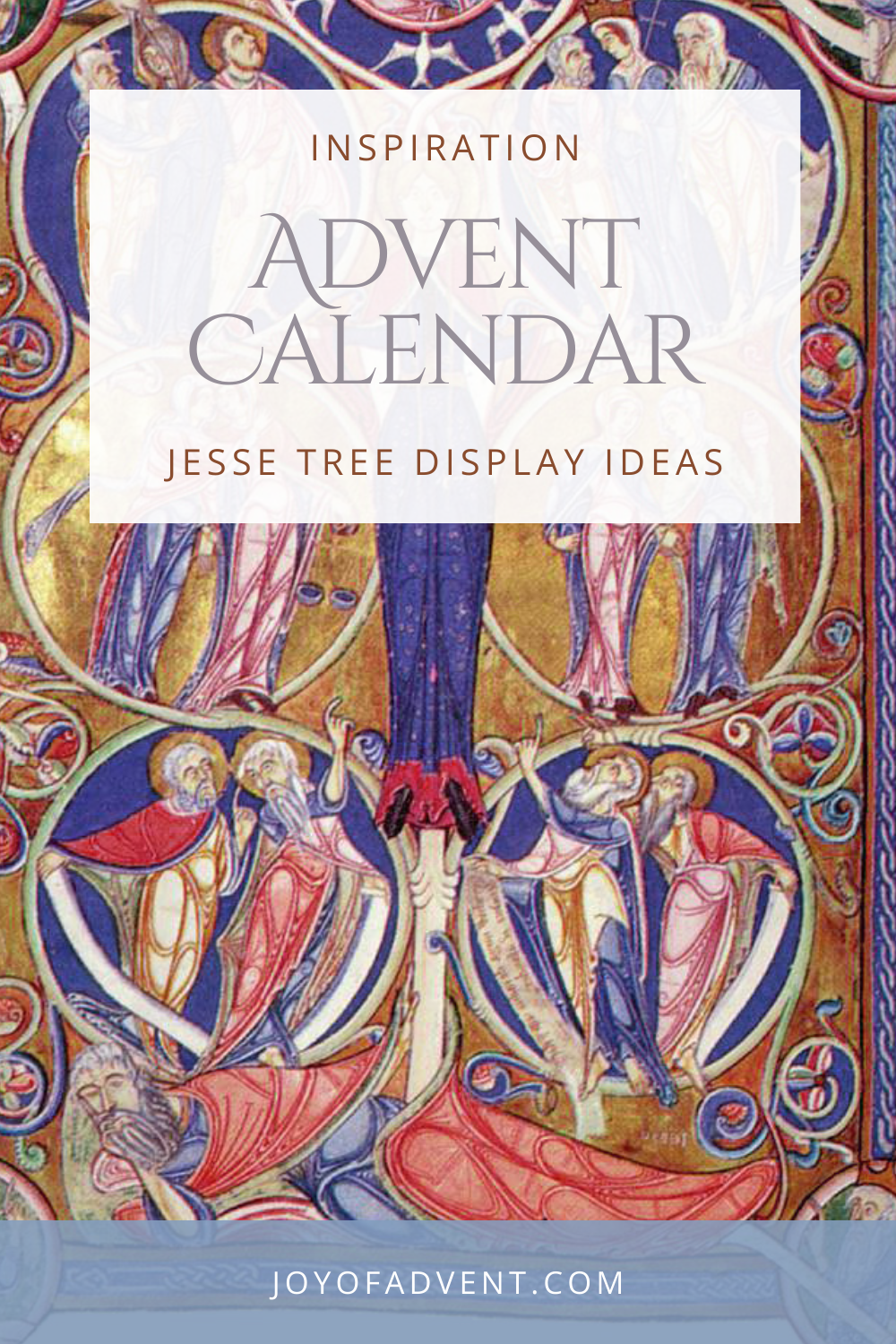Day 21: A Girl Named Esther
Now it came to pass in the days of Ahasuerus … that in the third year of his reign he made a feast for all his officials and servants.
Queen Vashti also made a feast for the women in the royal palace which belonged to King Ahasuerus.
On the seventh day, when the heart of the king was merry with wine, he commanded … seven eunuchs who served in the presence of King Ahasuerus, to bring Queen Vashti before the king, wearing her royal crown, in order to show her beauty to the people and the officials. But Queen Vashti refused to come at the king’s command.
And Memucan answered before the king and the princes: “Queen Vashti has not only wronged the king, but also all the princes, and all the people who are in all the provinces of King Ahasuerus. Vashti shall come no more before King Ahasuerus; and let the king give her royal position to another who is better than she.
Then the king’s servants who attended him said: “Let beautiful young virgins be sought for the king … Then let the young woman who pleases the king be queen instead of Vashti.”
And Mordecai had brought up Hadassah, that is, Esther, his uncle’s daughter, for she had neither father nor mother. The young woman was lovely and beautiful. When her father and mother died, Mordecai took her as his own daughter.
So it was, when the king’s command and decree were heard, and when many young women were gathered at Shushan the citadel, under the custody of Hegai, that Esther also was taken to the king’s palace, into the care of Hegai the custodian of the women.
Now when the turn came for Esther the daughter of Abihail the uncle of Mordecai, who had taken her as his daughter, to go in to the king, she requested nothing but what Hegai the king’s eunuch, the custodian of the women, advised. And Esther obtained favor in the sight of all who saw her. The king loved Esther more than all the other women, and she obtained grace and favor in his sight more than all the virgins; so he set the royal crown upon her head and made her queen instead of Vashti.
—From Esther 1–2 (NKJV)
“Like a stone tossed in a pond, events of the past ripple outward, gathering and colliding with other events to grow their meaning and significance.”
Reflection
Yesterday we reflected on God’s presence. Today consider beginning a Faithfulness Journal. Use any notebook or journal and record those coincidences or hidden providences that feel more divine than accidental. The narrowly missed automobile accident, discovery of a mistake just in time to rescue a project from disaster, the angry text that somehow, miraculously, bounced back undelivered. Track these events for a week, a month, a year, and see if, even without the obvious response of God to specific prayers, you can discern God’s hand in your everyday life.
Celebrate Together
Gather the family for today’s Celebration in our book, The Joy of Advent. Wonder at Esther’s courage, explore the Jesse Tree symbol of a king’s scepter, discover the history behind today’s carol, and enjoy a family conversation (or private journaling) about hidden providences.
Today’s Jesse Tree Symbol:
A king’s scepter like the one that saved Esther’s life.
Inspiration
Esther Denouncing Haman
Ernest Normand, 1888. Esther protects her people with courage.
Music
Reflect as you enjoy Carol of the Bells that the people celebrated after the plot of Hamen was exposed. [Play Video]
Watch the dramatized Light of the World, a contemporary carol. [Play Video]
Visit our Joy of Advent YouTube playlist for featured videos, our Ultimate Christmas playlist for all our favorite carols, or our sing-along carols to enjoy karaoke style.
Prayer
O Radiant Dawn, splendor of eternal light, sun of justice: come, shine on those who dwell in darkness and the shadow of death.
My soul magnifies the Lord
And my spirit rejoices in God my Savior;
Because He has regarded the lowliness of His handmaid;
For behold, henceforth all generations shall call me blessed;
Because He who is mighty has done great things for me,
and holy is His name;
And His mercy is from generation to generation
on those who fear Him.
He has shown might with His arm,
He has scattered the proud in the conceit of their heart.
He has put down the mighty from their thrones,
and has exalted the lowly.
He has filled the hungry with good things,
and the rich He has sent away empty.
He has given help to Israel, his servant, mindful of His mercy
Even as He spoke to our fathers, to Abraham and to his posterity forever.
Resources
Learn more about the Jewish holiday of Purim.
Watch a talented group of siblings perform Carol of the Bells.
Enjoy a printable selection of coloring pages featuring Esther.
Would you like to make Jesse Tree ornaments to accompany your readings? Find tutorials and ideas from simple to advanced at our Jesse Tree Ornaments Pinterest board.
If you’re enjoying this resource, please consider supporting our mission.














